The government of Barbados has come up with a unique response to the way coronavirus has upended the lives of so many people. With companies in various countries keeping their employees working remotely for the foreseeable future, so many people forced into self employment by redundancy, and the growing population of digital nomads who had already made the decision to work from far-flung destinations (hi!), Barbados is offering a dream escape.
The new Welcome Stamp is a 12-month visa aimed at people who find themselves working remotely — either by choice or by circumstance — and can take advantage of the opportunity to relocate to Barbados to work from here. Setting up your laptop on the beach and taking a break for a dip in the sea and a glass of rum punch sounds pretty appealing, no?
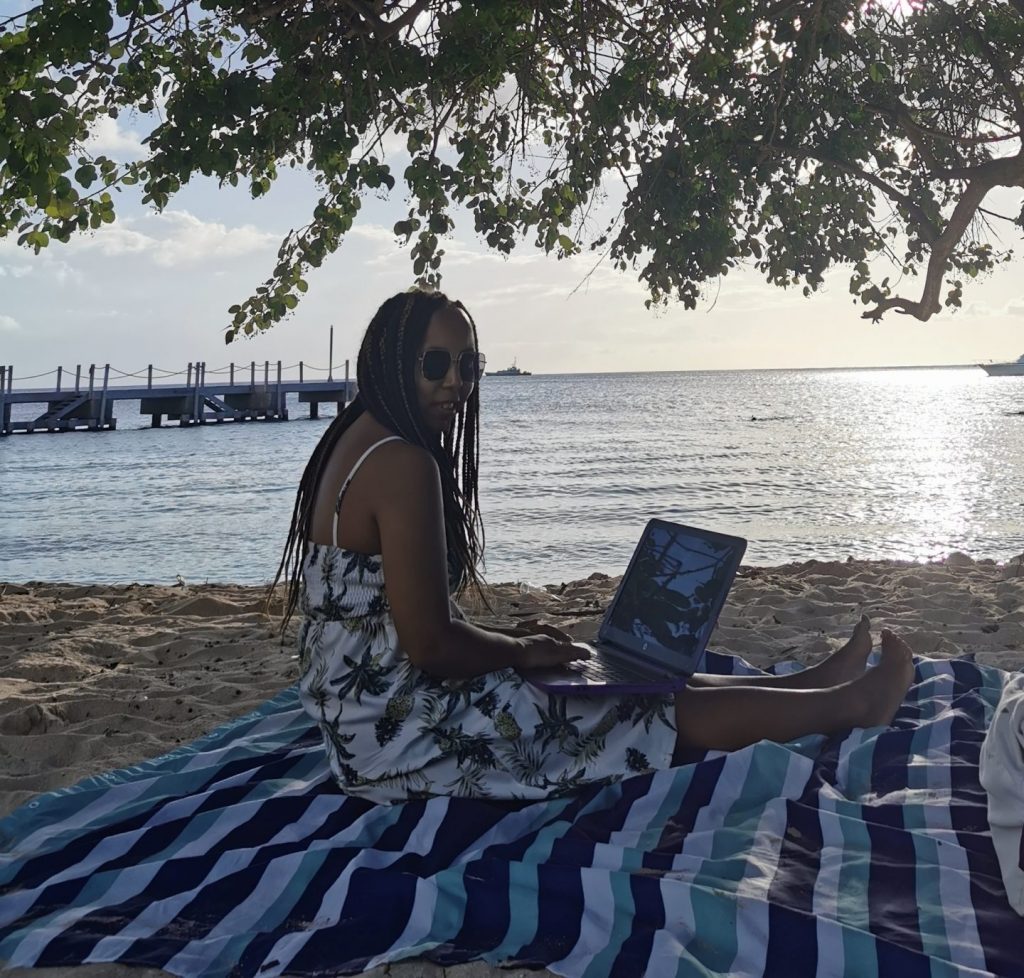
Barbados has kept its coronavirus outbreak under control. The government ordered a total lockdown that lasted several weeks, and quickly made mask wearing mandatory. There were no new cases reported on the island for a few months until commercial flights resumed. Even then, new arrivals are not allowed to leave the airport if they haven’t got a negative coronavirus test — if they come without a result they’re tested there and then and anyone who tests positive is taken straight to a government quarantine facility. The lack of community spread means there is freedom of movement around the island — as long as you wear that mask and use plenty of hand sanitiser.
As someone who left my full-time job in the innocent pre-coronavirus days to travel around the world and work remotely as a freelancer, Barbados was supposed to be my first stop for the first three months of this year. Thanks to the total obliteration of my travel plans, I’m still here more than halfway through the year, and honestly, it’s no hardship to live here.

Some practical considerations
- Rent is cheaper than the big cities like London, New York, Toronto and so on. You’ll get more space and you may even have a sea view. You can see the coast from a lot of places as you move around the island because it’s so small!
- WiFi is fast and reliable — I mean, really, it drops out more rarely than connections I’ve experienced in London — and yes, there is public network connectivity on some of the beaches.
- There are electronics stores but of course the selection is smaller and more expensive than you’ll find in Europe, the US, etc. Try to bring all the devices, memory, accessories and so on you think you’ll need.
- Power cuts are not frequent, but they do happen during rainy season, so a place with a generator is a good bonus. Otherwise, make sure your devices are always charged and get some candles! Anyway, if the power goes out during the day and the weather is actually ok you can just go to the beach, as I did recently!
- Food can be expensive, but as with other places it depends on what and where you buy. There are discount warehouse-style outlets as well as higher-end supermarkets (that stock products imported from Tesco and Waitrose in the UK if you’re looking for a taste of home). Cheapside Market in Bridgetown is the place to pick up fresh fruit and vegetables, and you’ll find plenty of roadside sellers dotted around the island. Clifton Market in Worthing on the south coast stocks organic, gluten-free and vegan products, although the supermarkets also have good selections.
- Eating out ranges from high-end fine dining to cheaper cafes and the infamous Friday night fish fry at Oistins, which is muted in these socially-distanced evenings.
- Driving is on the left side of the road and pretty relaxed — the roads are almost empty outside rush hour and Bajans are friendly and accommodating drivers. It may take some getting used to the way they randomly stop their cars in the middle of the road for a chat or to go about their business!
- Public transport is also an experience. Depending on where you live it can be adequate and convenient or you may want to hire a car. You can read more in my post about getting around the island.
- Aside from the endless beautiful beaches there are to explore, offering watersports and boat trips, there’s plenty to do when you’re not working: there are caves to explore, plantation houses to visit, historical sites to ponder, botanical gardens to marvel at, restaurants to try out and rum shacks to indulge in. I love to drive around, taking in the contrast between the chilled out west coast and the rugged east coast.
The details
Are you convinced?
The caveat to all this is the one-year Welcome Stamp is pricy. It costs US$2,000 (about £1,500) for an individual or $3,000 for a family and the application form asks you to confirm you expect to earn an income of at least US$50,000 during the year and/or will make enough to support yourself and your family.
The Welcome Stamp is a multiple-entry visa, so you can come and go as needed during the year. You don’t need to have a return flight booked on entry.
You will need to have valid medical insurance and you’ll want to make sure the policy covers coronavirus-related claims.
Submit your application here: https://www.barbadoswelcomestamp.bb/
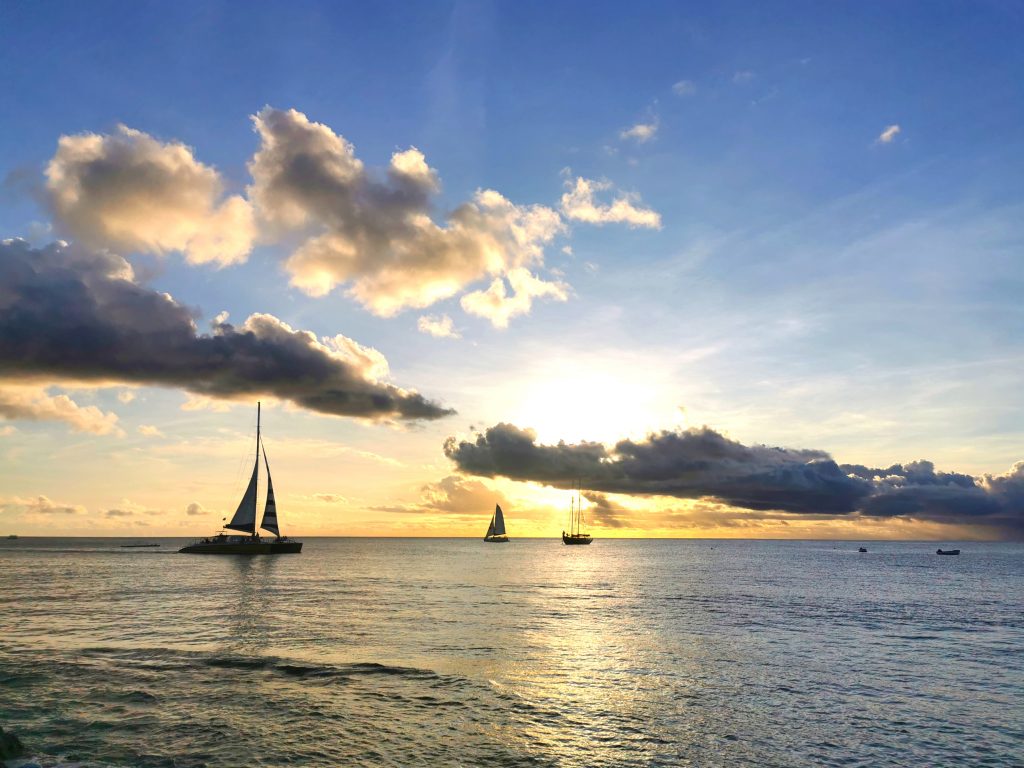

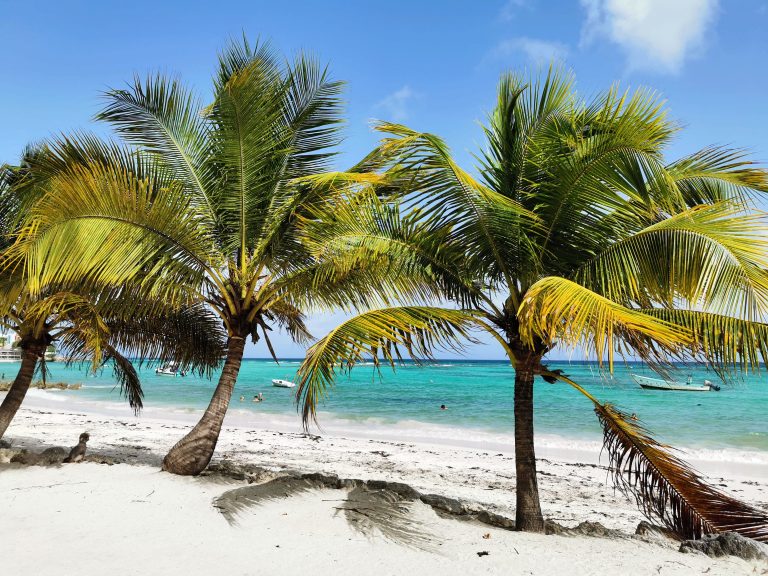
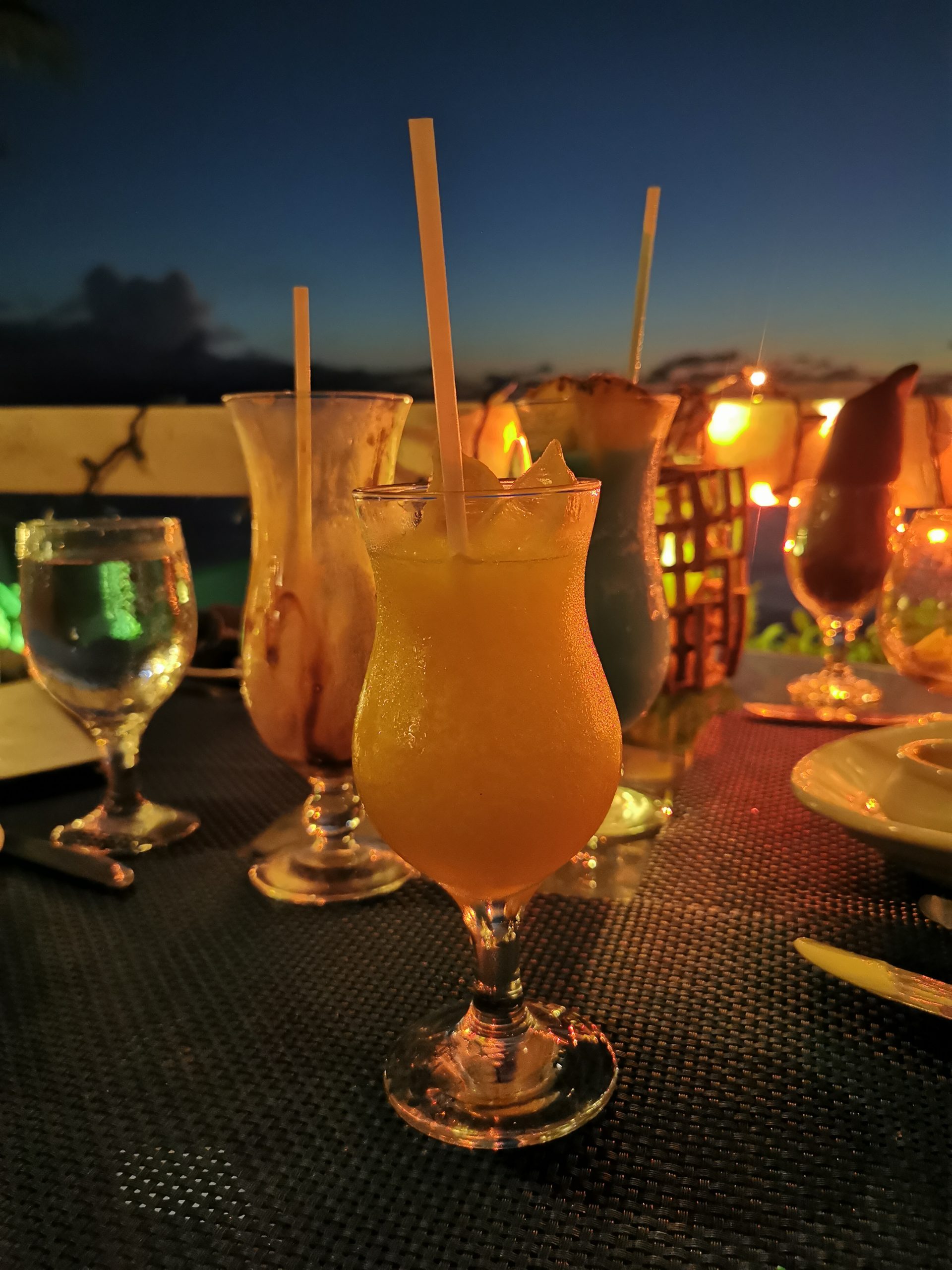

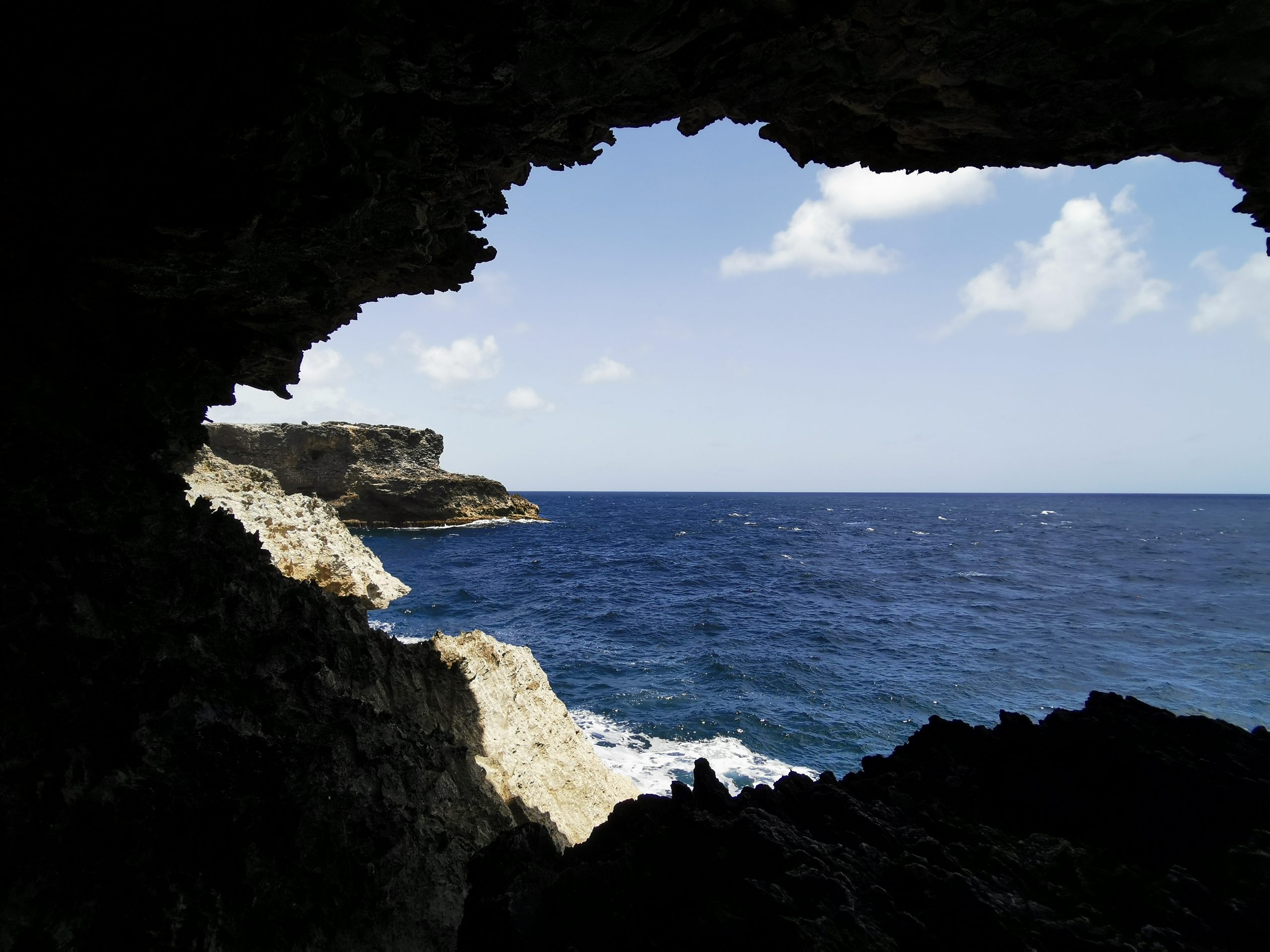
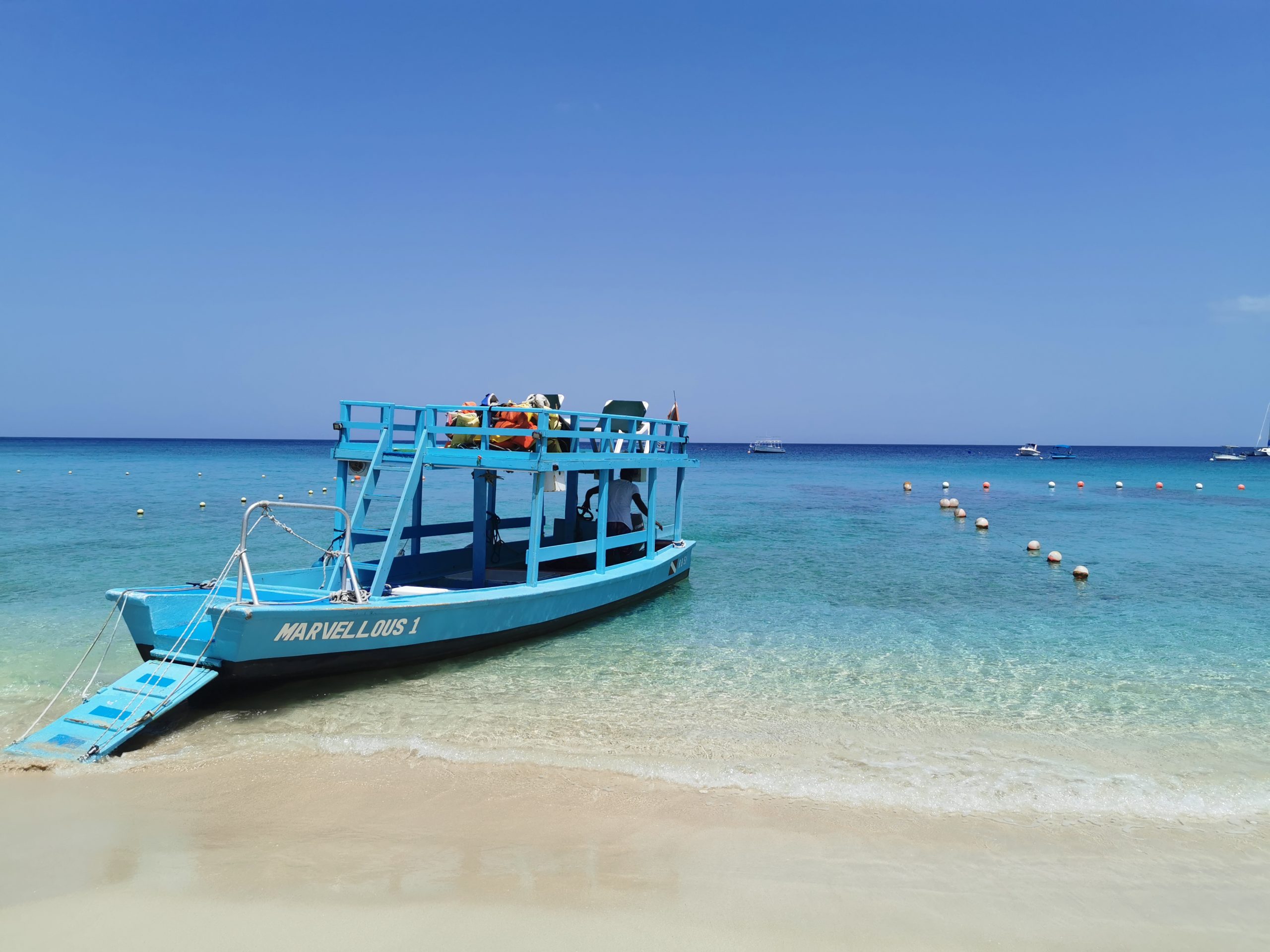
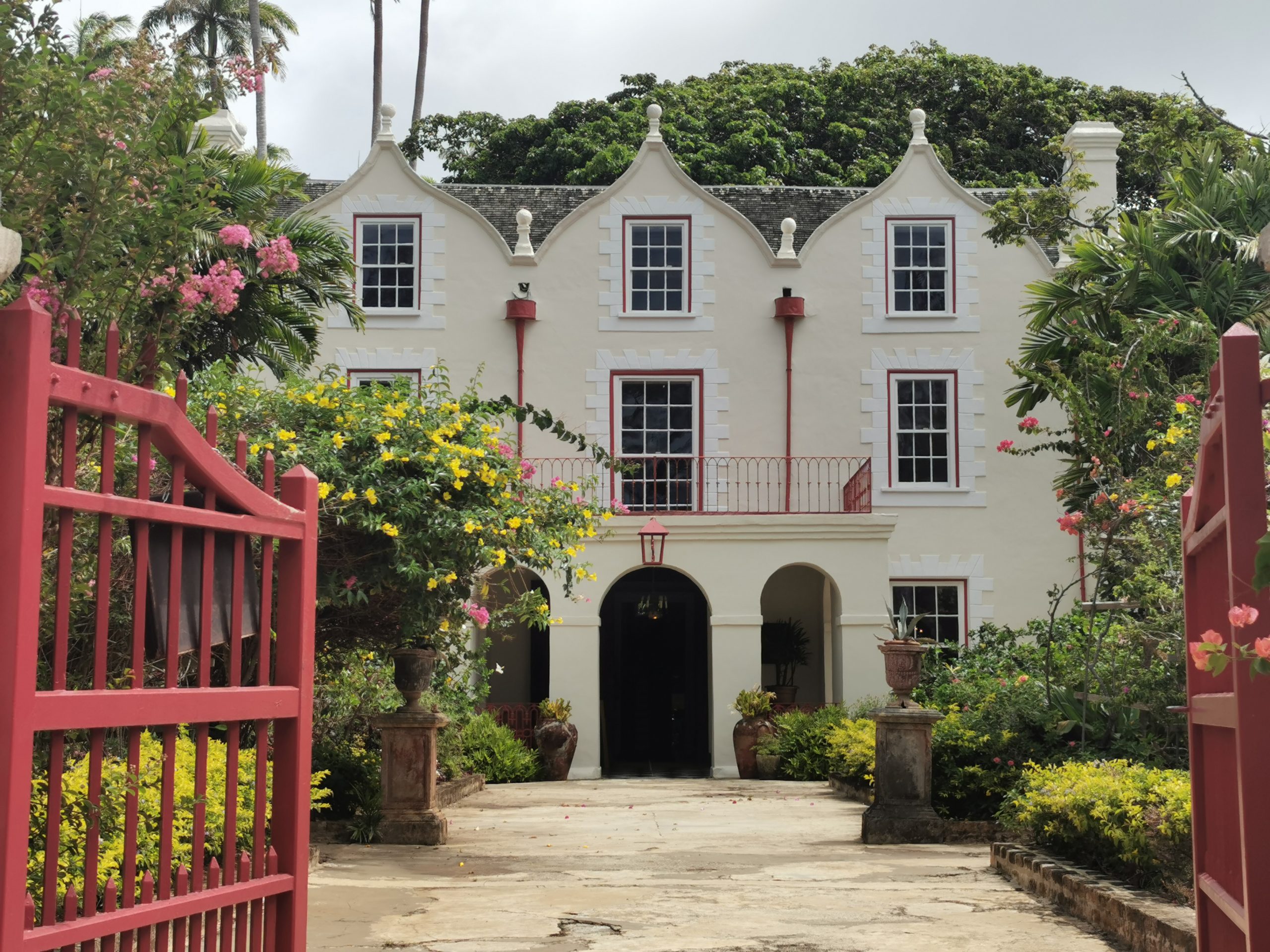

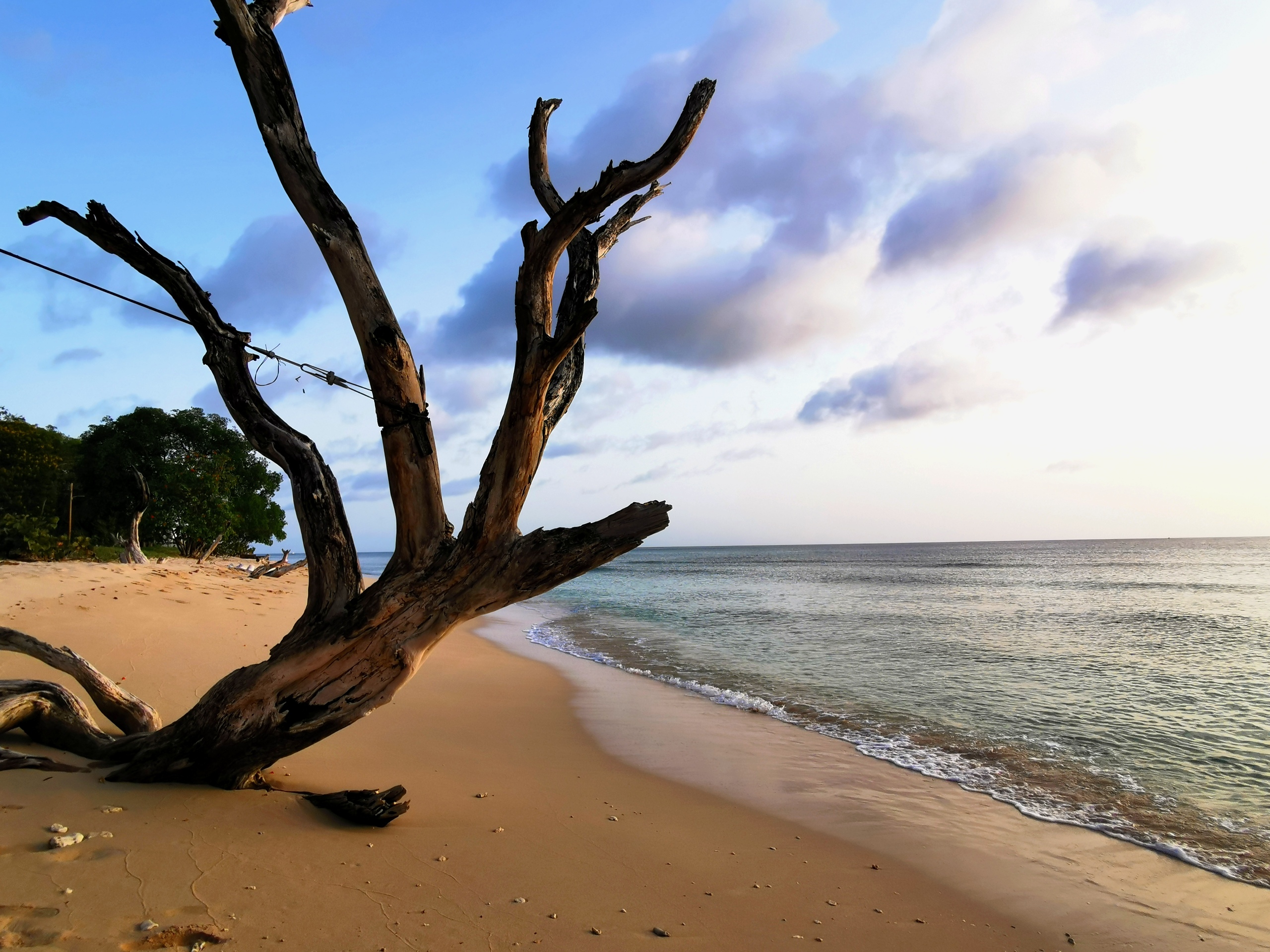
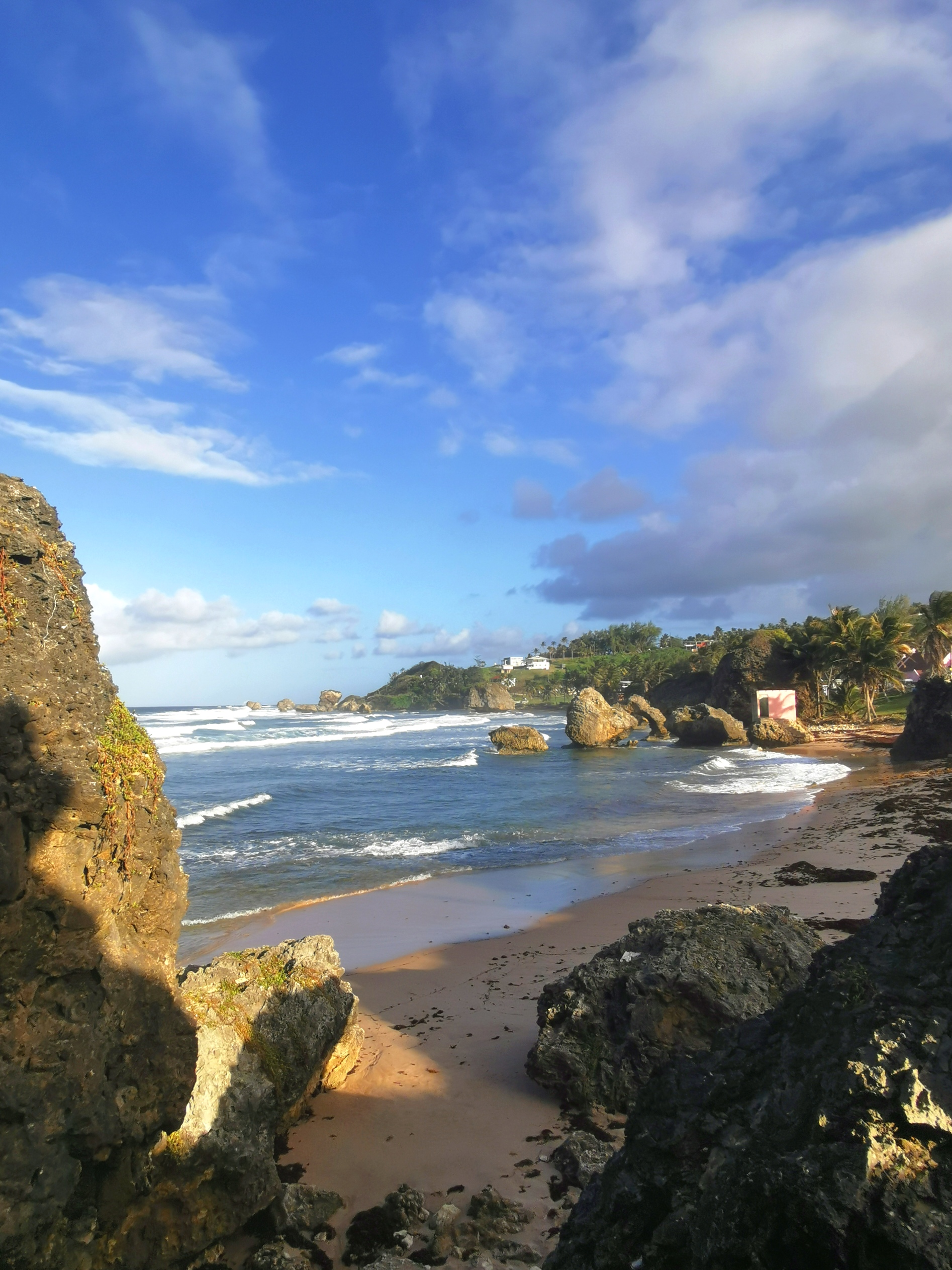
1 thought on “Barbados launches visa for digital nomads”